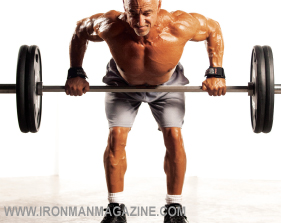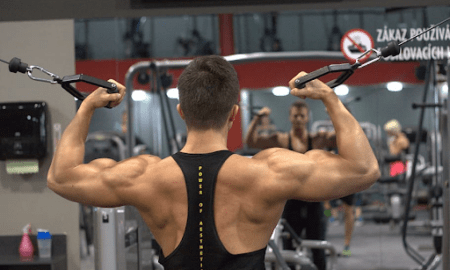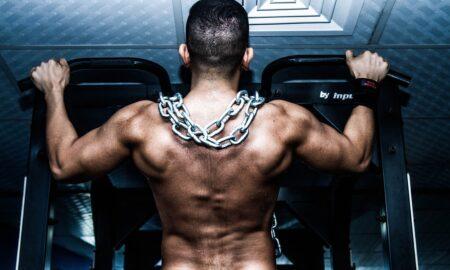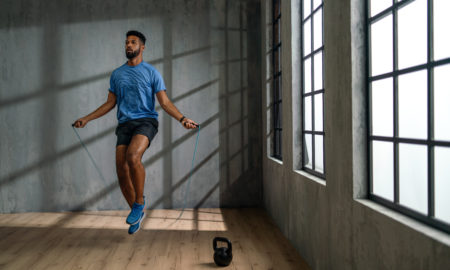
By “low-back aches” I’m not referring to an acute injury with severe back pain or low-back pain coupled with pain traveling down the front or back of your legs. That’s a topic for another day. Certain exercises can cause you to feel tight or compressed in the lower back. The key to reducing those aches is exercise selection and having a plan after the workout for reducing the aches.
The exercises that can cause low-back aches include barbell rows, T-bar rows, back squats, deadlifts, leg raises, Roman-chair situps and seated twists. The cause of the ache can be from the facet joints that guide movement in the spine; the disks, or shock absorbers, between the bony vertebrae; or even muscle strain, ligamentous sprain or tendinitis.
If the facet joints are causing pain due to compression from squats, stop looking up when you squat. Rather look slightly downward. Your back will flatten a little and unload the facet joints. Sometimes front squats are a good substitute for the compression of back squats. Also, stop performing leg raises of any type, as they will cause the hip flexors to tighten and arch your lower back, which will load the facet joints. Seated twists can also cause the facet joints to have an impact on one side and then the other and cause pain.
Inflamed disks may cause pain when they are compressed or rotated during squats, deadlifts, seated twists or rows. If you’re having low-back aches, try taking a break from those lifts for a few weeks. You can also vary the weights you use from workout to workout to give your back a heavier load followed by lighter workouts to allow recovery while still hitting the muscles to some degree.
When you finish your workouts, do a couple of stretches to help the hip and back muscles relax. That will help reduce the aches in your lower back. Lie on your back and pull one knee toward your chest with your fingers interlocked around your knee for 15 to 20 seconds. Then perform the same with your other leg. Repeat that entire process two more times, then pull both knees toward your chest with your fingers interlocked around your knees. Hold that gently for 15 to 20 seconds, then pull one knee toward the opposite shoulder for 15 to 20 seconds and repeat on the other side. Do that two times.
You can also do a traditional hamstring stretch if it doesn’t cause more pain. The last stretch would be a hip flexor stretch. Kneel on one knee with the other foot on the floor in front of you. Keep your abs tight and your upper body vertical and shift your body forward. This will stretch the hip flexors.
You can follow all of that by placing an ice pack on your lower back. You should find that you feel better after the workout and the next morning.
Train smart, then train hard.
Editor’s note: Visit www.SoftTissue
Center.com for reprints of Horrigan’s past Sportsmedicine columns that have appeared in IRON MAN. You can order the books, Strength, Conditioning and Injury Prevention for Hockey by Joseph Horrigan, D.C., and E.J. “Doc” Kreis, D.A., and the 7-Minute Rotator Cuff Solution by Horrigan and Jerry Robinson from Home Gym Warehouse, (800) 447-0008 or at www.Home-Gym.com.




















You must be logged in to post a comment Login